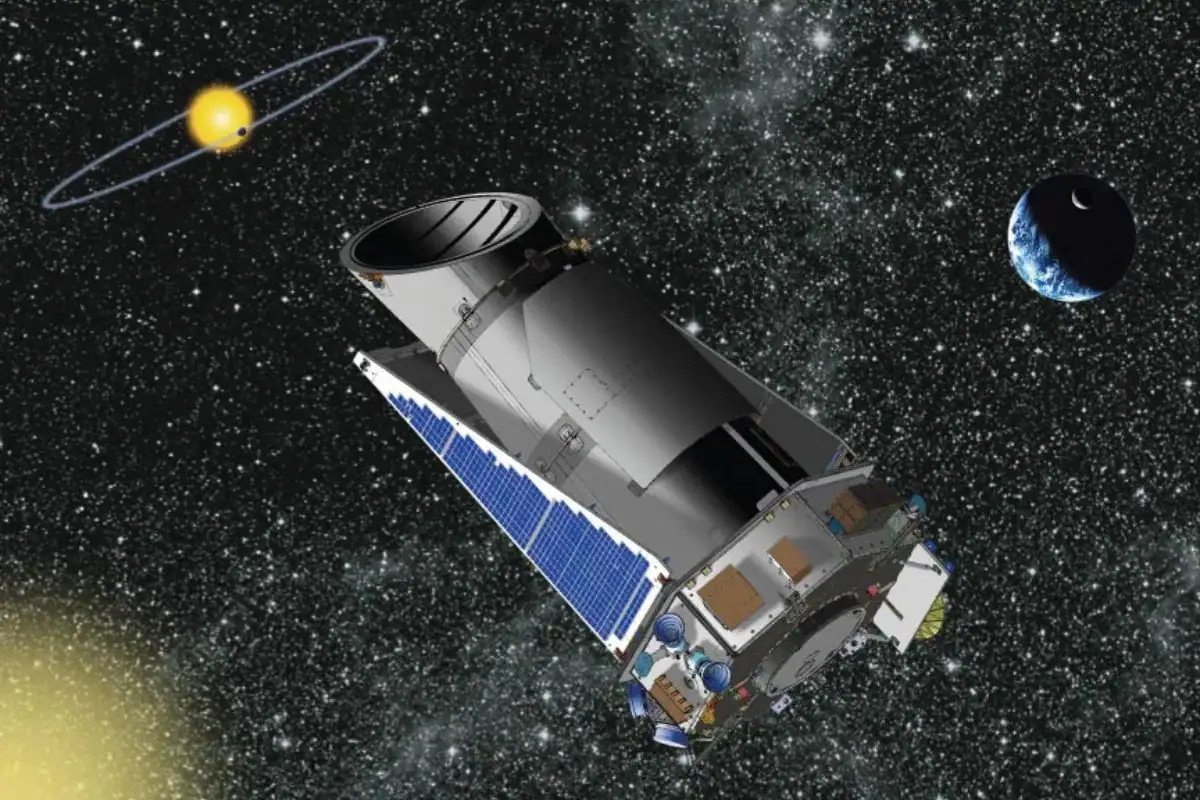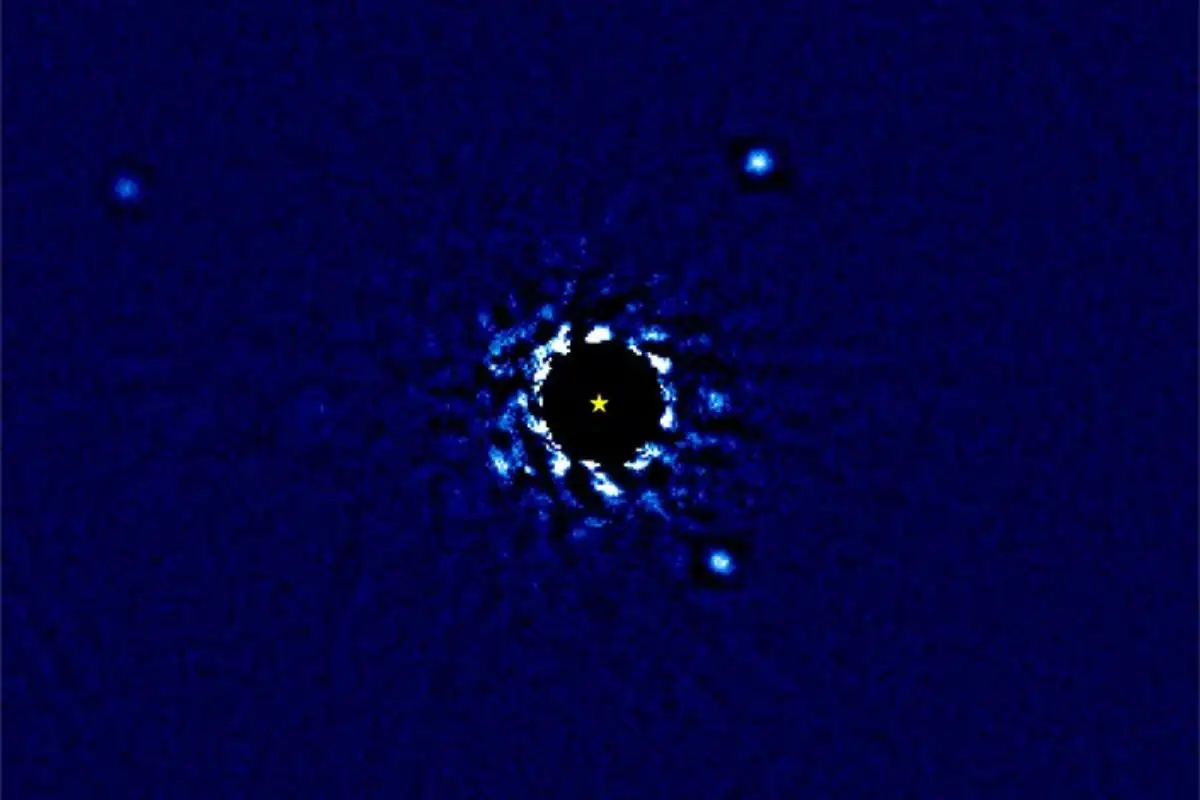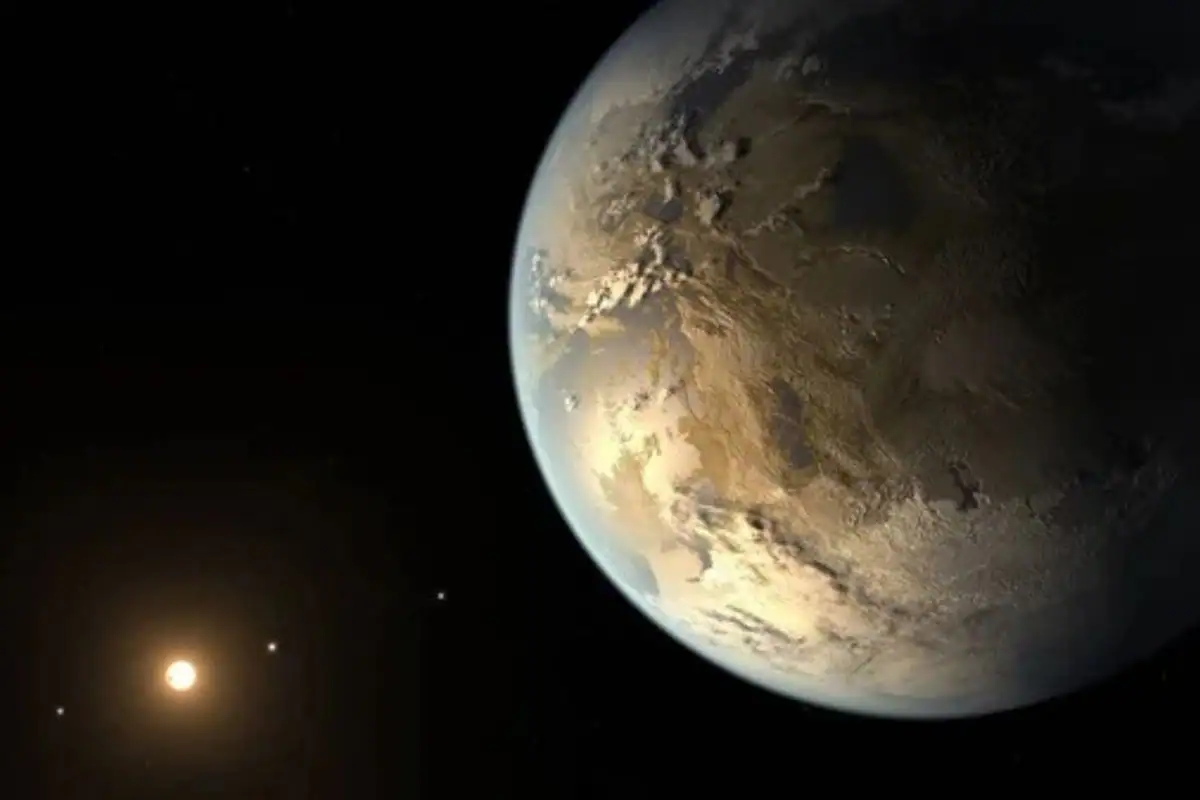Advertisement
What Is an Exoplanet
Advertisement
An exoplanet is a planet that orbits a star outside our solar system. While the planets in our solar system revolve around the Sun, exoplanets circle other stars in the galaxy. According to NASA's estimates, every star in our galaxy likely has at least one planet orbiting it. This means the Milky Way could contain about one trillion exoplanets. Scientists are on the hunt for Earth-sized exoplanets orbiting stars similar to our Sun. You never know—many exoplanets across the Milky Way might be suitable for life.
Habitable Zone
Planets located in the "habitable zone," often called the "Goldilocks zone," orbit at a very specific distance from their stars. This sweet spot allows for conditions where life could exist. Specifically, exoplanets in the habitable zone have climates suitable for liquid water, enabling oceans to form. Calculations to determine this zone consider the exoplanet's distance from its star, as well as factors like the planet's atmosphere and greenhouse effect. Therefore, identifying planets in this zone is crucial for finding potential life-supporting worlds.

Advertisement
Finding Exoplanets
Detecting exoplanets isn't easy because the glare from their stars can obscure them. Astronomers often rely on indirect methods by observing the effects exoplanets have on their stars. One common technique is Doppler spectroscopy, also known as the radial velocity or wobble method. Since a star with orbiting planets doesn't stay perfectly still, the gravitational pull from the planets causes the star to wobble slightly. By detecting this wobble, scientists can infer the presence of an exoplanet.

Advertisement
Wobble Method
In 1995, one of the first exoplanets was discovered using the wobble method. This planet is about half the size of Jupiter and has a rapid four-day orbit around its star. The combination of its large size and swift orbit exerted enough gravitational force to make the star's wobble quite noticeable. By measuring changes in a star's radial velocity, astronomers can estimate the size of the orbiting planet. This method has been instrumental in finding many exoplanets.

Advertisement
Dimidium
The exoplanet discovered in 1995 is known as 51 Pegasi b, or Dimidium. Located 50 light-years away in the Pegasus constellation, Dimidium was a groundbreaking discovery. It was the first exoplanet found orbiting a star similar to our Sun, named 51 Pegasi. Dimidium became the prototype for a class of planets called "hot Jupiters" due to its large size and close proximity to its star. This discovery opened the floodgates for finding other exoplanets.

Advertisement
Kepler Space Telescope
Launched by NASA in 2009, the Kepler Space Telescope was designed to find exoplanets beyond our solar system, focusing especially on Earth-like planets. Operating for nine years, Kepler discovered 2,682 confirmed exoplanets. Scientists are still working on confirming another 2,900 possible planets found by Kepler. This space observatory revolutionized our understanding of the galaxy, revealing that planets are more common than we ever imagined.

Advertisement
Transit Method
Kepler used the transit method to detect exoplanets. When an orbiting planet passes between its star and Earth, the star appears to dim slightly. Each time this happens, it's called a transit. By measuring these dimming effects, scientists can detect the presence of exoplanets. If the dimming occurs at regular intervals, it's a strong indication that a planet is orbiting the star. This method has been highly effective in discovering new worlds.

Advertisement
Spitzer Space Telescope
NASA's Spitzer Space Telescope, launched in 2003, is an infrared observatory that marked a significant advancement in planetary science. Unlike previous methods, Spitzer can directly detect light from exoplanets, allowing for direct observation rather than indirect detection. This capability lets scientists study and compare exoplanets in detail. Additionally, Spitzer helps determine temperature, wind patterns, and atmospheric composition on distant exoplanets, providing invaluable data for understanding these worlds.

Advertisement
Direct Imaging
While most exoplanets have been found through indirect methods, direct imaging has recently become more feasible and offers several advantages. False positives are rare with direct imaging, whereas the transit method has a false positive rate of about 40%. Planets detected using the wobble method require extensive follow-up to confirm their existence. Direct imaging not only confirms the presence of exoplanets but also provides information to estimate various planetary conditions, making it a superior technique in many ways.

Advertisement
Dissolution of WASP-12b
Discovered in 2008 by the SuperWASP planetary transit survey, WASP-12b is an exoplanet that's being consumed by its host star. This fascinating process allows astronomers to learn more about how planets form and dissolve. Although the destruction is slow, scientists estimate that it will take another 10 million years for WASP-12b to completely disintegrate. Similarly, Gliese 436 b, an enormous exoplanet in the Leo constellation, intrigues scientists because it's almost as large as Neptune and is covered in burning ice. Extreme pressure and temperatures above 570°F keep water solid when it should vaporize, offering unique insights into planetary science.

Advertisement
Habitable Exoplanets
Currently, there are 16 known exoplanets with a high probability of sustaining life. Another 33 are being evaluated for their potential to support life. Some exoplanets, like HD 85512 b, Kepler-69c, and Tau Ceti f, were once considered habitable. However, updated models and new observations have shown they can't sustain life. For instance, HD 85512 b and Tau Ceti f are outside their habitable zones, and Kepler-69c has an atmosphere and landscape similar to Venus. Nevertheless, the search continues for exoplanets that could be new homes for life.

.png)




